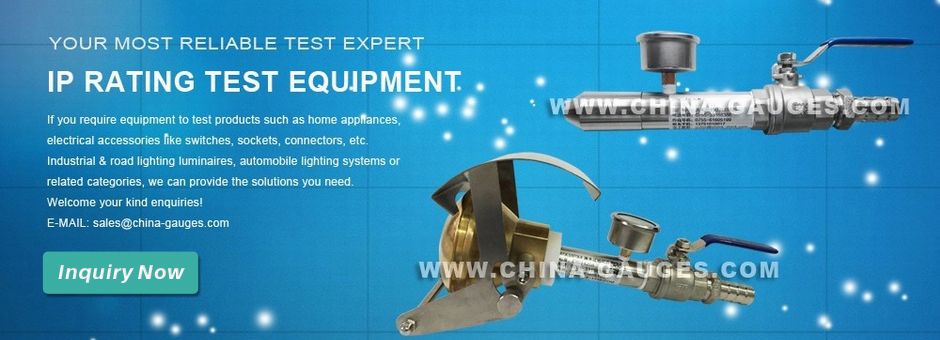contact us
products
- Main Products
technical articles
Company News
One of our most frequently asked question is “Which gauge class of tolerance should be used for selecting plain plug and ring gages to check internal and external diameters of parts?”
The industry standard is referred to as the Ten Percent Rule. This common rule of practice requires that 10% of the product tolerance is divided between the GO and NO GO gauges. For plug gages a plus tolerance is applied to the GO member and a minus tolerance is applied to the No Go member. Ring Gauges receive the reverse tolerance direction so that the GO member is minus and the NO GO member is plus.
10 Percent Rule results in gauge tolerance always being included in the part tolerance by up to 10%. This rule results in the possibility that 10% of good product may fail inspection but that no bad product would ever pass inspection.
Example
A part has a hole diameter requirement of .500” +/- .001”. Thus the hole diameter is .4990” - .5010”. The product has a tolerance of .002”. 10% of the product tolerance is .0002”. Divide .0002” by 2 = .0001”. On the industry standard gauge chart, .0001” is classified as a class Z tolerance. The Go member would be specified as .4990” plus .0001” tolerance and the No Go would be specified as .5010”minus .0001”. The gage would be assembled and marked as .4990”- .5010” Class Z Go/No Go Plug Gage w/handle.
Selecting higher precision gauge tolerances for cylindrical plug and ring gages such as class X or XX will consume less product tolerance and will allow the acceptance of slightly more product but with less gage wear life and at greater expense.













